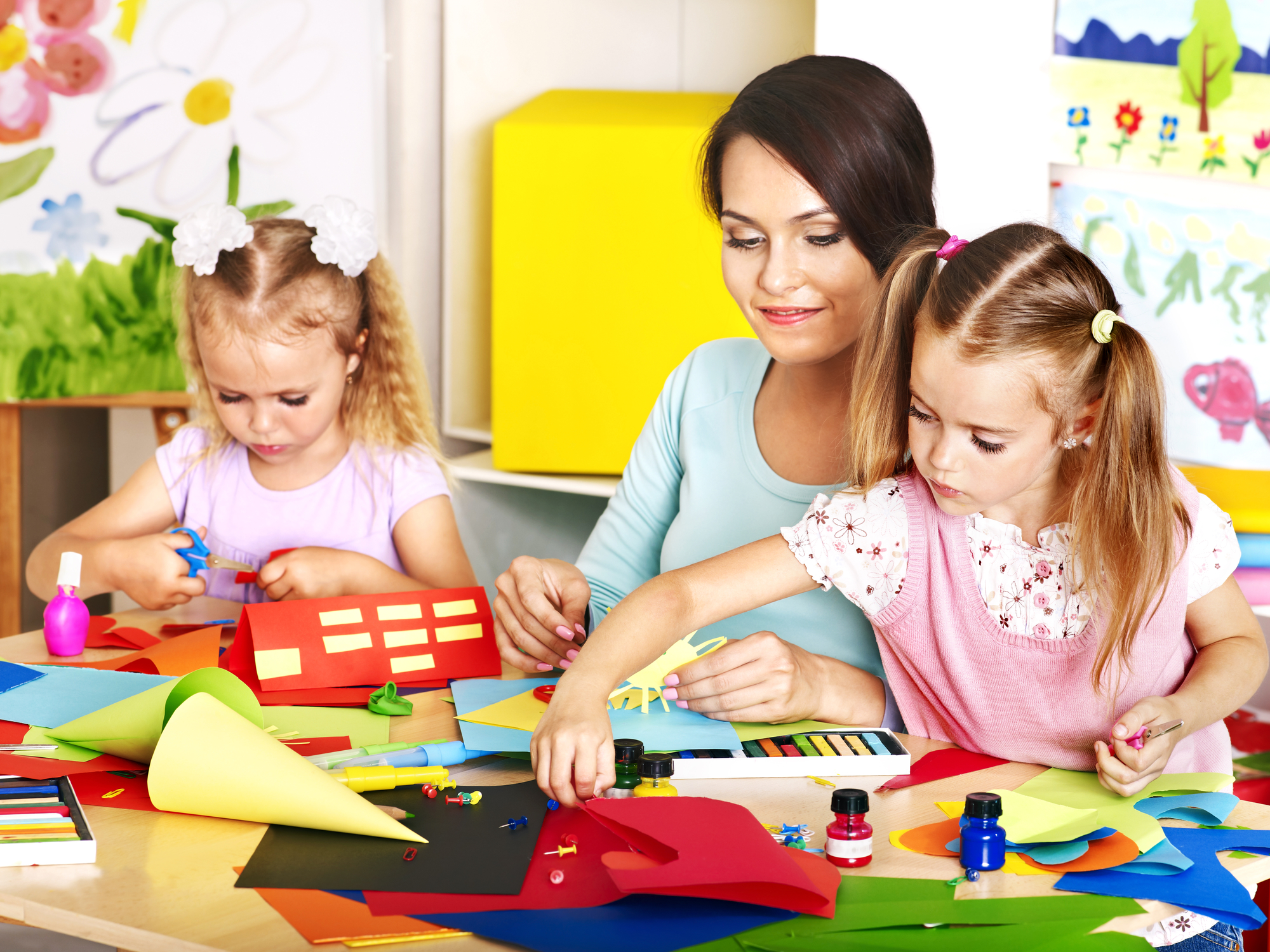Manners Make a Difference
Manners seem to be in short supply nowadays. Where did minding our P’s and Q’s go? Sometimes it may seem like nobody holds the door open or covers their mouth when they sneeze anymore, which means guiding our children to be polite and courteous should make it back onto our parenting radar. Manners are almost always appreciated in most social interactions and are tools that help instill self-worth in every individual. And with good manners on their side, your children will usually make a good impression on classmates, teachers and anyone else who meets them.
Here are 5 ways in which you can help your child mind their manners:
1. Saying “Please” and “Thank you.”
This is one of the oldest courtesies in the book, and probably the first one your child should learn. “Please” lets people know they can be helpful somehow, and “Thank you” shows people how much their assistance is appreciated; if your child wants people to think of them in the same way, the first step is to say it for others. Practice this at home with your children until it becomes a natural habit. Show them how nice it is to hear “Please” and “Thank you” from them when they say it, and be sure to use it with them too.
2. Sharing is caring.
You’ve probably heard this saying time and time again, and yes – there is some truth to it! While some things might be too precious for children to part ways with, try to model behaviors of sharing whenever possible. No, we don’t have to share every single thing. But we should make it a point to share as much as we can when we can.
3. Apologizing.
Saying, “I’m sorry” communicates more to others than just asking for pardon. The value of apologizing only works when your children stop to reflect on what they did, realize it was not right, and try not to do it again.
Teach your children that they should always apologize if they do something that hurts another individual, either physically or emotionally. Even when they just can’t see what they did wrong, show them that apologizing makes everything better, faster. In time, and with instruction, they will begin to understand the importance of apologizing. Hopefully, they will learn not to do it again.
4. Making eye contact.
Looking directly into someone’s eyes when they speak shows the person that you care about what they have to say. And everyone wants to feel like what they have to say is worth paying attention to. A good way to start practicing this with your child is by asking them to notice the color of a person’s eyes and to report it to you later after the conversation has ended.
5. Hand-shaking.
It might be uncomfortable for some children to make physical contact with strangers, but it’s a sign of trust that will carry on through the rest of their professional and personal lives. You can teach them this trick to remember how to shake hands properly: show them the web of your hand (the area between your thumb and pointer finger) and explain to your children that they should touch the web of their hand to web of the other individual’s hand.
Remember, practice makes perfect! Incorporating these teaching methods in your every-day life will ensure the development of manners and the full potential of your child’s character.
How Parker-Chase handles Manners
At Parker-Chase Preschool, we believe that manners instill gratitude rather than a sense of entitlement. Our caring and dedicated staff practices manners and gracious behavior with your children by letting them experience real social interactions. Through these hands-on lessons, Parker-Chase can ensure the development of the whole child; from physical to emotional and social growth, we make sure the worth and potential of each child is developed fully.



